By Lebawit Lily Girma, Bloomberg News
Balmy beaches, Napa Valley wineries, scenic hikes, Hollywood: The list of California’s draws is practically as long as its coastline. But even if you’ve hit them all, chances are you’ve only skimmed the surface.
Through its “Visit Native California” campaign, the state’s tourism office aims to raise awareness that the Golden State is home to 109 of 574 federally recognized tribes in the U.S., many of whom live near must-see sights. To do so, it’s created a content hub that compiles more than 600 Native American businesses, cultural sites and events across the state, making it easy for visitors to tap into a rich tapestry of Indigenous-led experiences.
In downtown Palm Springs you can soak in one of 22 private mineral spring tubs at the Spa at Séc-he, opened on April 4 as part of a new cultural plaza built by the Agua Caliente Band of Cahuilla Indians. Or if you happen to visit Napa in the fall, you might join an intertribal powwow at Skyline Wilderness Park — a captivating cultural celebration with live drumming and spectacular displays of traditional dress.
READ MORE: A wet winter yields a riot of spring blooms in California
“Being the first people of this land, it’s critical that visitors understand the real history of California,” says Reid Milanovich, chairman of the Agua Caliente Band of Cahuilla Indians.
For Caroline Beteta, chief executive officer of Visit California, the Native California initiative helps deliver on the “authentic experiences” that so many visitors — especially Millennials — crave. She says that’s one reason her office invested $1 million toward the initiative, secured through a first-of-its-kind U.S. Economic Development Administration grant. Importantly, she’s left the rest to the tribes, allowing them to take the lead on providing content and how they want to position their own stories.
READ MORE: ‘Truly unique and memorable experiences:’ 4 ways to explore Indigenous culture in Alberta
California isn’t the only state doubling down on Indigenous experiences. In Maine the nascent Wabanaki Cultural Tourism Initiative — Wabanaki means “people of the dawn” and refers to all four Native tribes in the state — has so far succeeded in garnering the support of both state and tribe leaders. It aims to draw visitors year-round to new Indigenous tourism experiences in Maine by 2030.
The spark was Gov. Janet Mills’ first tribal economic development summit in 2019, which included tourism and thus opened the door for a relationship between Maine’s tourism office and Native American leaders.
Like in California, the Indigenous tourism plan in Maine is being shaped and led by members of the community. In this case, Four Directions Development Corp., a nonprofit Native community development financial institution, is in charge. Its $584,000 budget similarly comes largely from the federal government; the US Department of Health and Human Services Administration for Native Americans contributed all but $150,000, which came from the Maine Office of Tourism.
READ MORE: Journeys with Intention: Indigenous Travel Experiences in B.C.
“We’re in the process now of seeing what’s market-ready,” says Charlene Virgilio, executive director at Four Directions, adding that an important part of the work is determining what tribes want to be shared or kept sacred.
Other states are further ahead.
Since 2019 the South Dakota Native Tourism Alliance has banded together Indigenous-owned businesses. That preexisting structure helped operator Trafalgar find the right Indigenous partners to design a nine-day National Parks and Native Trails of the Dakotas tour. Almost all the businesses on the itinerary are Indigenous-owned, and Travel South Dakota, the state tourism office, has provided training, marketing and technical support to ready the tribal entrepreneurs, who will regale visitors with traditional storytelling, Indigenous cuisine and personal perspectives that deepen the appeal of natural sites such as Lake Sakakawea.
A digital tribal tourism-focused marketing campaign will begin in the summer of 2023 using American Rescue Plan Act (ARPA) funds, with $120,000 invested each year for four years. An additional $450,000 in ARPA funds will go toward a Lakota storytellers video series incorporating the Lakota language, the state tourism office has confirmed, for use in future tribal-focused campaigns.
Building consumer awareness for these experiences is one challenge. But in South Dakota, getting the tribes to trust and engage in tourism has also been complicated because of concerns that sacred cultural sites would be shared with outsiders or that Native women would be placed at risk given the ongoing plight of missing and murdered Indigenous people in the U.S.
“We’ve always remained kind of cut off,” says Sarah Kills In Water, grant writer for the Rosebud Sioux Tribe. “Our tribal nations didn’t want visitors. They feel tourism is a danger to our people or that we’re prostituting our culture,” she says.
The South Dakota Native Tourism Alliance’s work is helping to break down long-held fears about non-Native outsiders, though. And tribal leaders have been reassured that only sights open to visitors will be included in the Trafalgar tour and that the information shared with tourists is already publicly available.
The emphasis on future benefits from tourism is also helping assuage fears. Sharing that heritage, namely, is a form of cultural preservation, which creates economic opportunities for artisans, culture-bearers and storytellers, who often struggle to find traditional employment.
As the sentiment shifts, another challenge is emerging: Many tribal nations are in remote places, making it more difficult to attract visitors. But Kills In Water is encouraged by several well-established Indigenous tourism efforts across the country, including Discover Navajo Nation in Arizona and Utah, as well as wide network of museums and cultural experiences that make tribal tourism so strong in Oregon.
All these new Indigenous tourism businesses — whether in California or the Dakotas or beyond — face a steep uphill climb where consumer adoption is concerned. Even when aided by established tourism operators with robust marketing budgets, it’s been difficult to convert sales.
“Globally, Indigenous tourism has experienced low market appeal and demand,” Afiya Holder, a tourism academic at Edinburgh Napier University, said in a statement. A recent study she co-authored shows that tours centered on Indigenous histories are often perceived by travellers with some level of trepidation or uncertainty, likely as a result of misinformation and stereotypes of Native peoples.
Tourist education is needed, the study confirms. Indigenous experiences that foster mutual cultural exchange are a good place to start, according to Holder, and can help decolonize how Native tourism is represented.
“There’s a lot of romanticized stories written about our people,” says Kills In Water, as well as stereotypes of the tribes being dangerous. “We thought it was a great opportunity for reconciliation and educating people about who we are today.”
As for Visit California’s Beteta, the next step is to continue expanding the Native California database in collaboration with Native entrepreneurs and to integrate it into the broader Visit California marketing channels. Seeing on Instagram the dramatic gorges and towering palms of the Indian Canyons in Palm Springs, the redwood dugout canoes traveling down the Klamath River on the Yurok reservation or the poolside concerts east of Los Angeles at Yaamava’ Resort & Casino at San Manuel may be the way to educate consumers that Indigenous tourism experiences are more than just the right thing to do.
They hold the history behind the Golden State’s big outdoors and cities, but they’re also a chance to see that once-in-a-lifetime Indigenous-led experiences don’t only exist in far-flung destinations.
Plan your adventures throughout the West Coast at westcoasttraveller.com and follow us on Facebook and Instagram @thewestcoasttraveller. And for the top West Coast Travel stories of the week delivered right to your inbox, sign up for our weekly Armchair Traveller newsletter!

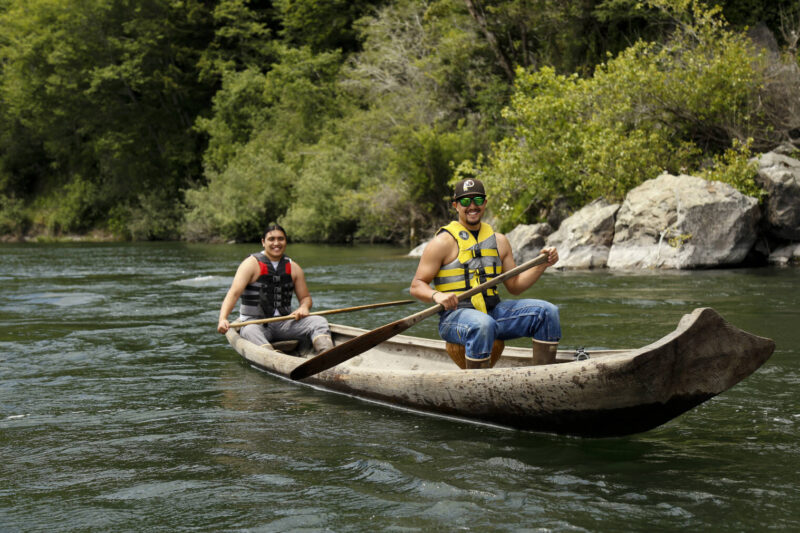
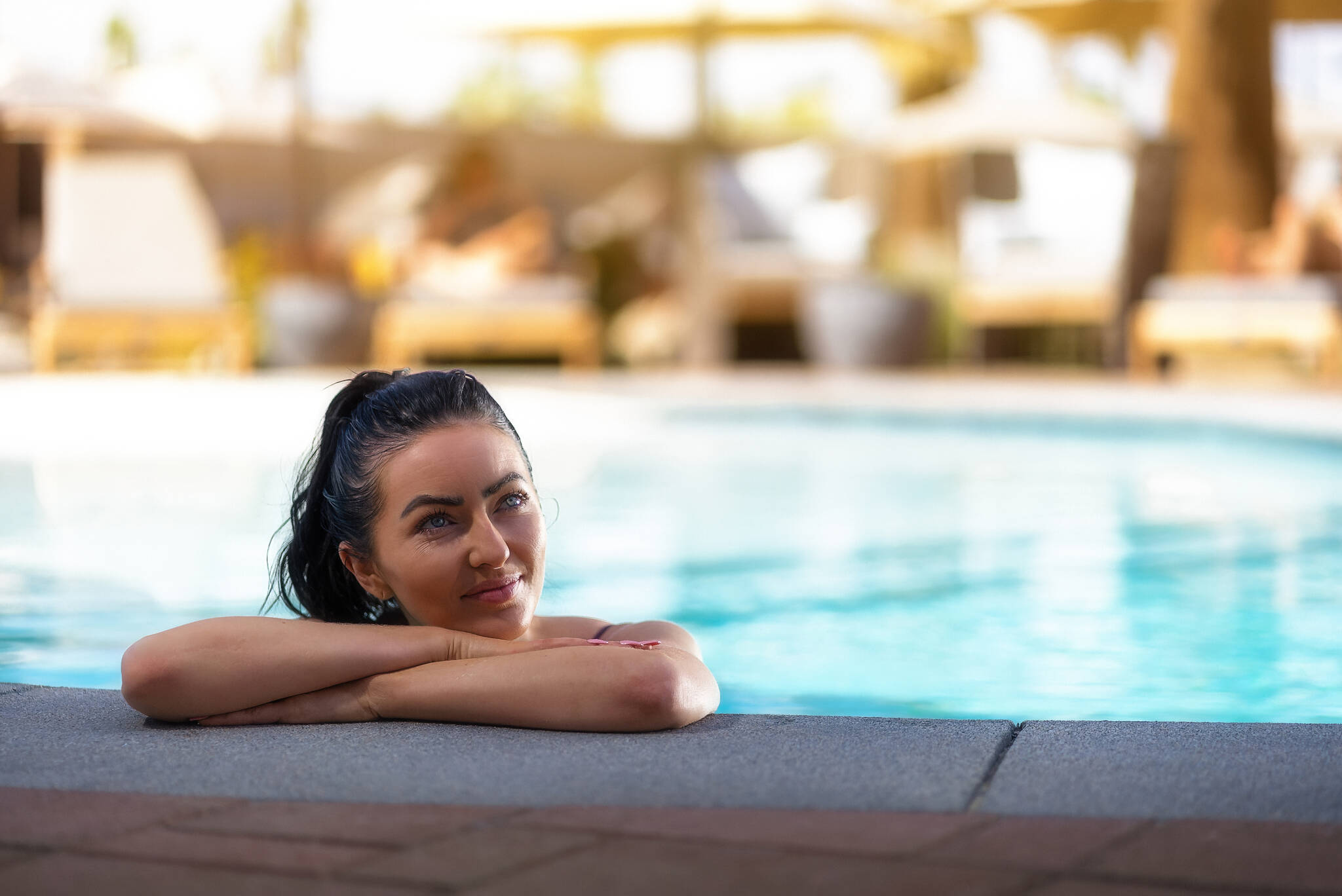
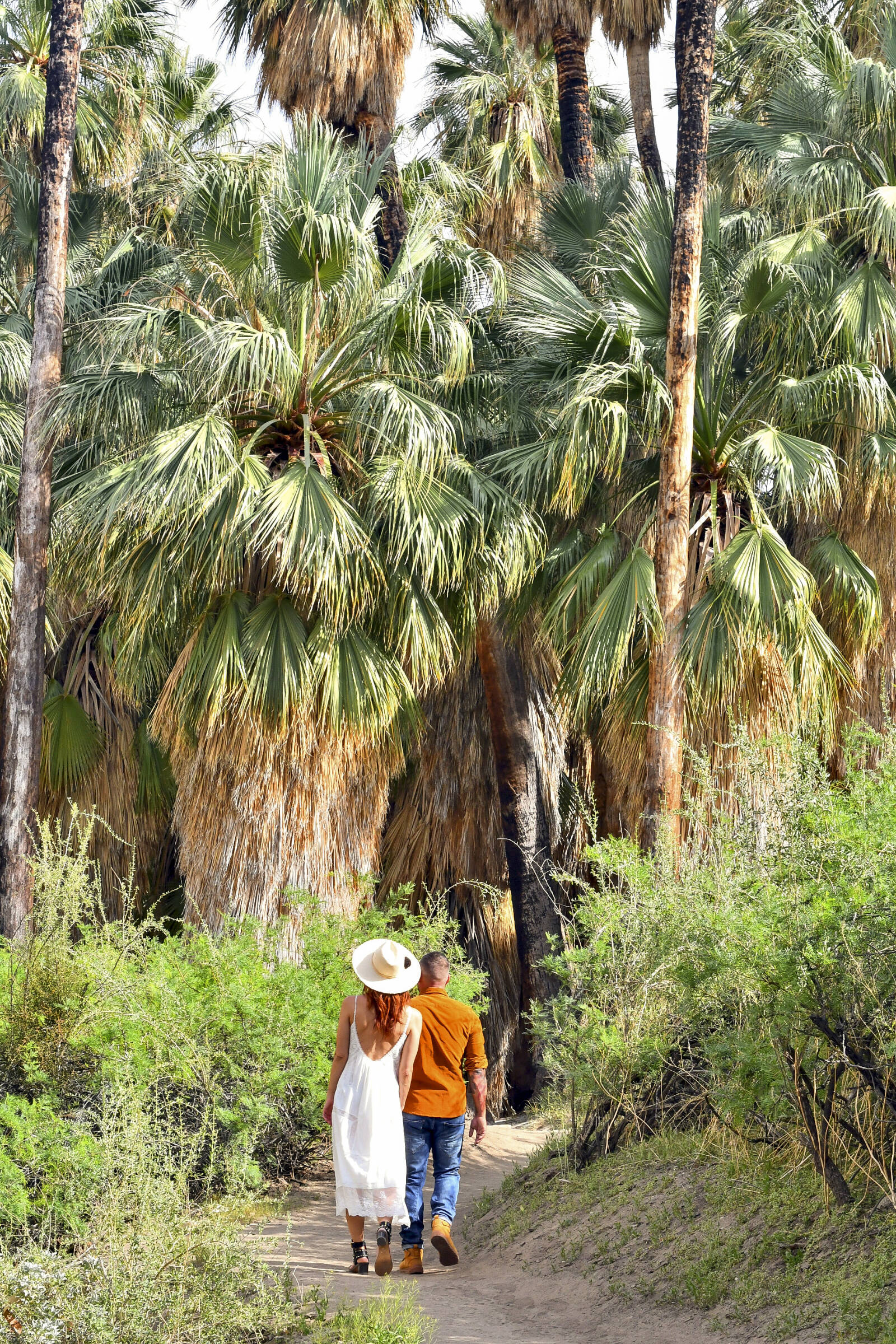
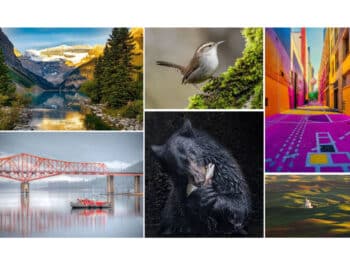
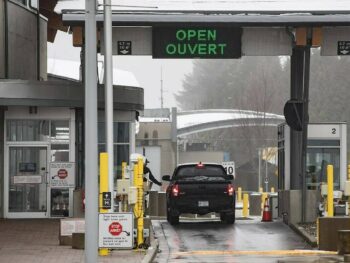


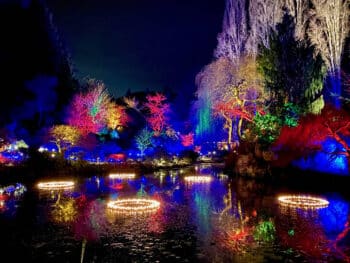

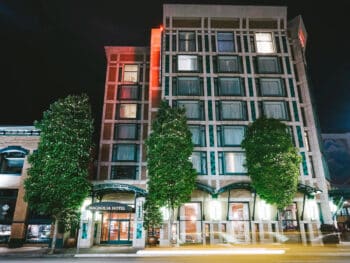
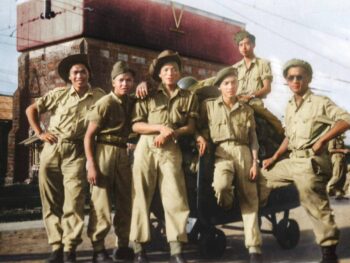
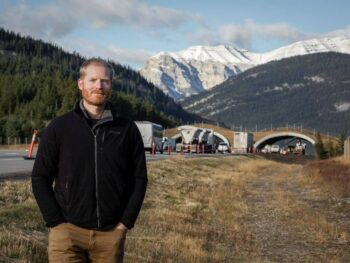
 20 tips for the ultimate road trip
20 tips for the ultimate road trip